Fika |Swedish coffee culture and lifestyle
For professional baristas, please follow the coffee workshop (Wechat official account cafe_style)
In April, Britain's Daily Telegraph (The Telegraph) listed the top 20 coffee-drinking countries in the world. Sweden ranks sixth on the list, consuming an average of 8.2 kilograms of coffee a year. Apart from the cold climate, what is the reason for this Nordic country that does not produce coffee beans to achieve such amazing results?
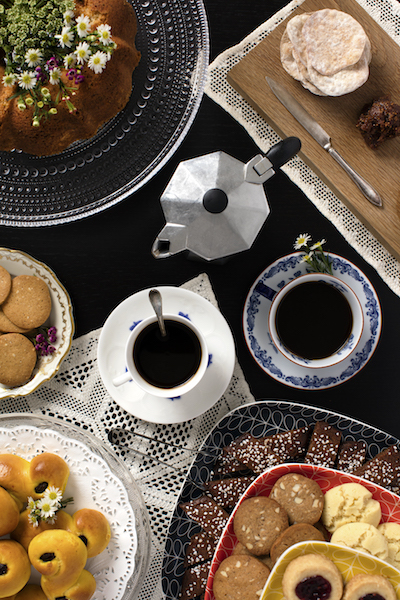
For Swedes, coffee is not only a drink or refreshing drink, but also a way of life.
What is fika?
At any time of the day, as long as you want to find a place to rest and have a cup of coffee, it can be called fika. Usually when Swedes are in fika, in addition to drinking coffee, they will also order some dessert to go with it.
There is a clear definition in the book "Biga fika: enjoy the Swedish slow time" (Fika: The Art of the Swedish Coffee Break):
"it can be used as both verbs and nouns. The concept of Fika is actually very simple. Basically, I just set aside a period of time to have a rest. Enjoy a cup of coffee-or tea-and choose a dessert to go with. Fika can be your own time, or you can get along with your friends through fika. You can fika at home, fika in the park, or even fika in the workplace. The most important thing is simply to "do it"-make a special effort to set aside time, slow down and enjoy the good time. This is the spirit of fika. "
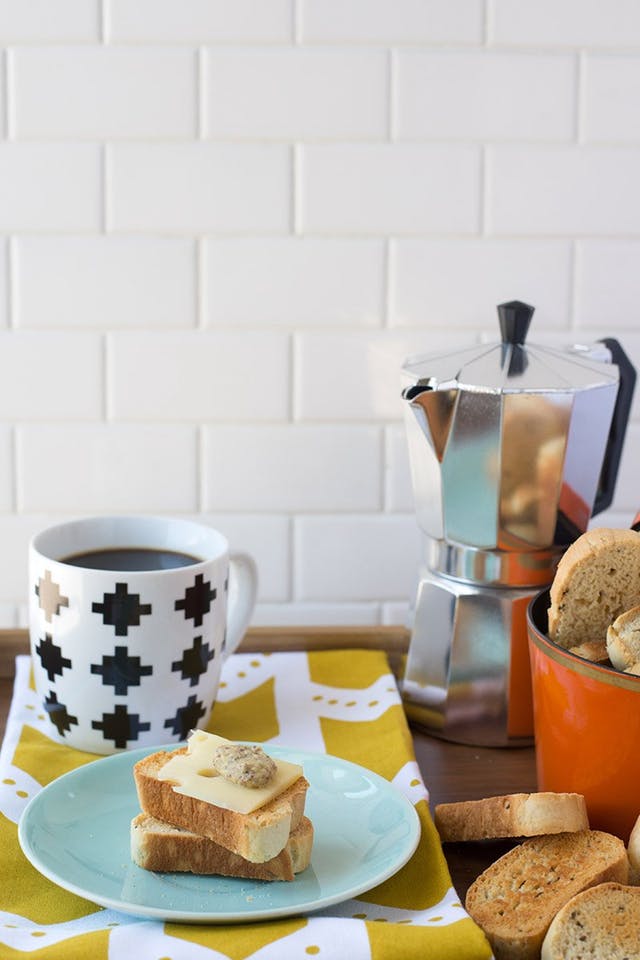
How to fika?
You can order a cup of coffee alone with Sweden's famous cinnamon roll and enjoy your own fika time, but fika can also be a social event. A pantry or lounge in the workplace is often referred to as fika room. Whether it's near noon during the day, or when you still have some time to get off work in the afternoon, you can see your colleagues getting together and enjoying the fika time.
Fika is also the perfect time for a gathering of three or five friends. You can take advantage of fika's opportunity to find a coffee shop, share cakes with friends, and connect with friends.
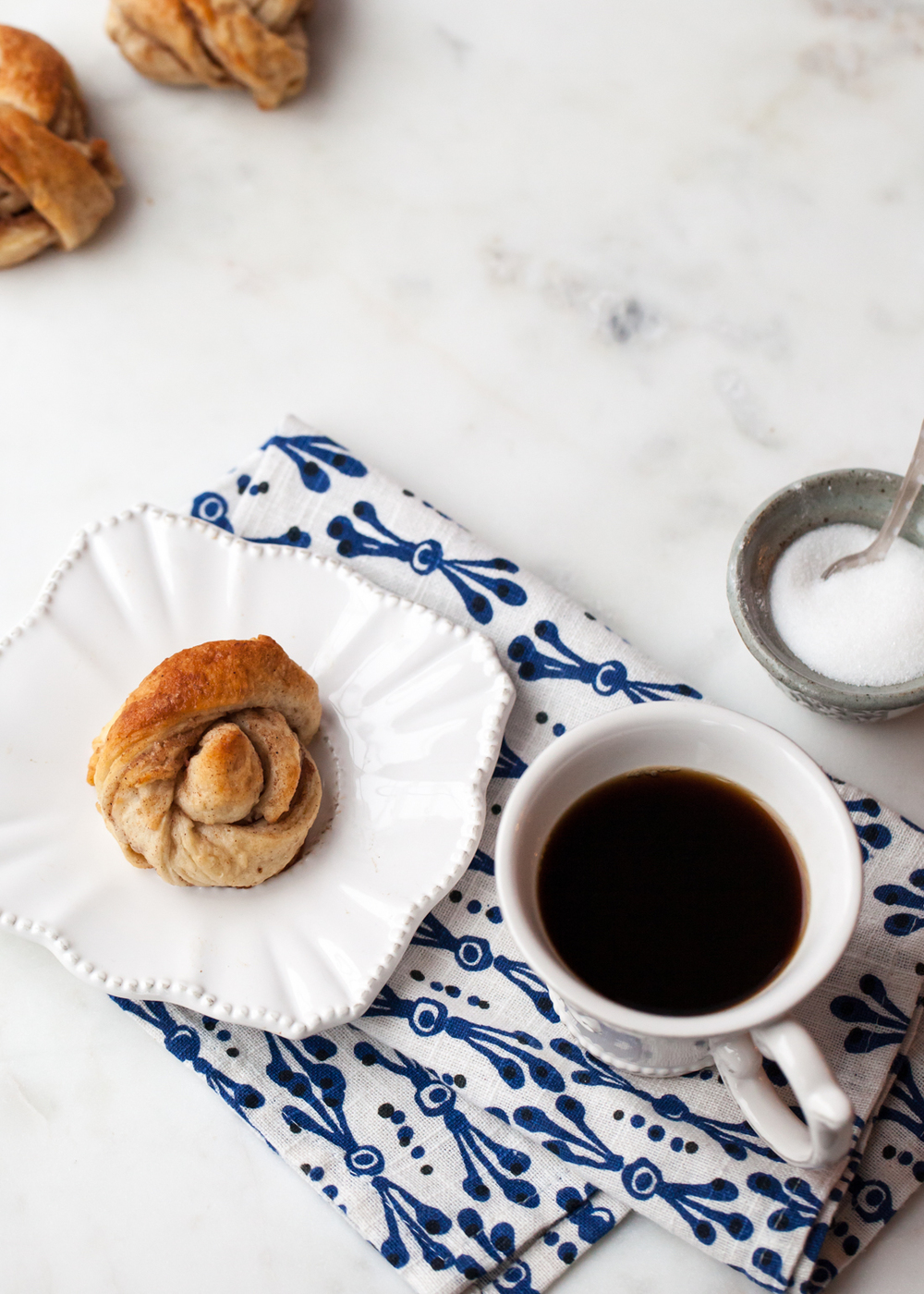
Under the influence of coffee culture in southern Europe, cappuccinos or lattes are now available in coffee shops in Sweden. But in Sweden, the most authentic way of brewing is still the classic follicular black coffee; in addition, the famous local brewing coffee (kokkaffe) is also a good choice.
For Swedes, no matter what kind of coffee they drink, it should always be served with some sweets. Usually these sweets can range from a biscuit to a piece of cake. But there are also people who want to go with healthier light foods, so don't be surprised if you see a Swede drinking coffee and eating sandwiches at 05:00. Because it's also a very normal behavior for Swedes.
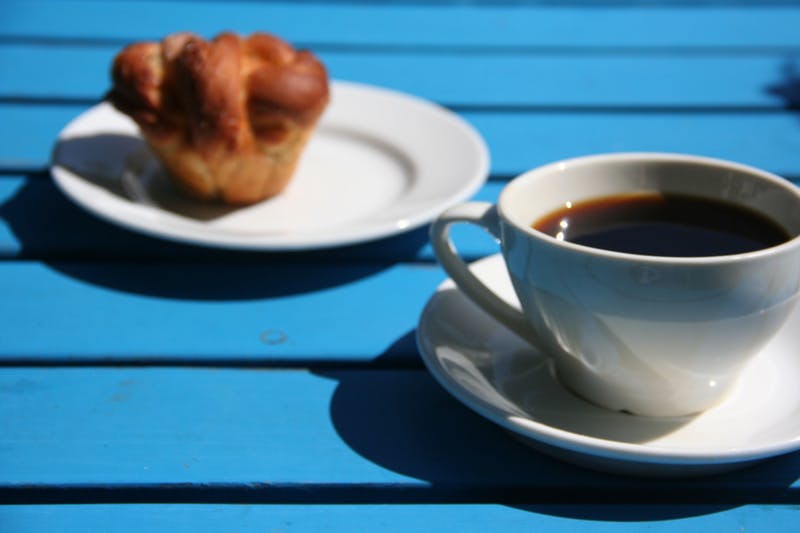
The habit of Fika has been deeply ingrained and the form is ever-changing. In Sweden, almost every office has a so-called fika time, one in the morning and one in the afternoon. If it's on the train, you don't have to worry if it's not convenient to prepare yourself. Usually the dining car on the train is also absolutely indispensable for fika specials (a cup of coffee and a sweet roll).
Why fika?
Fika symbolizes the embrace of "slow work". In the United States, the habit of drinking coffee is usually to take a cup out and work while taking a few sips before you start to doze off. For Swedes, it's the exact opposite. Fika is not only a snack time, but also a time of day to look forward to and savor. And isn't that what modern people aspire to? An opportunity to slow down.
Fika is not only a byword for rest time, but also a living habit worth imitating.
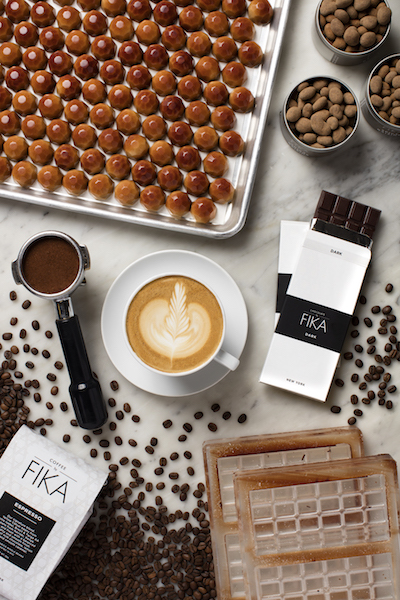

Last

In China, although fika is still a concept for many people, in fact, if you think about it carefully, from the popular afternoon tea to the brunch that people often talk about these days, it seems that we are looking for a way to define a way to break away from dinner and life style. Is it possible that fika, which is lighter than brunch and unlike afternoon tea, is the answer we are quietly looking for in our subconscious mind?
Important Notice :
前街咖啡 FrontStreet Coffee has moved to new addredd:
FrontStreet Coffee Address: 315,Donghua East Road,GuangZhou
Tel:020 38364473
- Prev
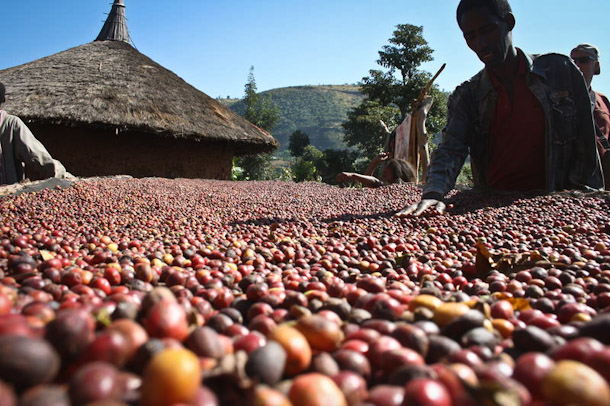
About the Emerald Manor-- this legendary coffee manor
For the exchange of professional baristas, please follow the coffee workshop (Wechat official account cafe_style) to popularize science about the Jade Manor, the legendary coffee plantation. In 1967, a Swedish banker named Peterson bought a Panamanian farm called Emerald Manor as his retirement home. The farms were used to raise cattle at first, and then dairy cows until 1988
- Next

"Magic Latin America" Coffee Culture in Latin America
Communication of professional baristas Please follow the coffee workshop (Wechat official account cafe_style) generally speaking, coffee producing areas are mostly located in developing countries, while coffee consuming countries are the so-called first world. Although Latin America is a coffee producer, Latin Americans are also coffee lovers, thus giving rise to a unique coffee culture. Coffee should be the most common pick-me-up in the world.
Related
- How did the Salvadoran coffee industry develop in Central America?
- What exactly does the golden cup extraction of coffee mean?
- The Origin of Coffee flower
- [2023 Starbucks World Earth Day] there are more meaningful things besides free Starbucks coffee!
- What kind of coffee is there in Spain? 9 Flavors of Spanish Coffee
- Aromatic African coffee| Kenya's coffee culture and historical production area
- Liberica Coffee Bean knowledge: the characteristics of Liberian Coffee beans of the three original species of Coffee beans
- The origin and formula of Spanish latte introduces the taste characteristics of Bombon coffee in Valencia, Spain.
- How to adjust the solution of over-extracted coffee
- What is the tasting period of coffee beans? What is the period of coffee and beans? How should coffee wake up and raise beans?

